We met Ana Maiques, the co-founder of Neuroelectrics, maker of StarStim, in our first podcast. It should be pointed out that StarStim is a research-grade tDCS/EEG device that includes a powerful suite of software. In fact it’s not available to the general public.
Spanish research student, Azahara De La Vega Fernandez (pictured with Brian) is investigating under psychology lecturer Nick Davies how brain stimulation can be used to improve sporting ability Photo: Alistair Heap
She invited me to throw ten darts before being brain-hacked, and ten darts after.
And, while the current was gently sizzling through me, she played me a tape in which a man calmly talked me into picturing how brilliantly I was going to throw those arrows.
There is no point undergoing tDCS if you’re not already mentally focused.
Davis compares it with a weightlifter taking steroids. ‘If he takes them without pumping iron, they won’t give him bigger muscles,’ he says.
He also summons the example of Andy Murray going back to his chair between games, and replaying in his mind the shots he has just played, as well as imagining himself walking up to the net as the eventual winner.
It’s called visualisation, and all modern sportsmen and women are encouraged to do it.
Davis thinks that tDCS could help them do it better, sharpening that mental imagery. That’s why he’s experimenting on people like me.
First I needed to put my thinking cap on. This is the StarStim, a rubber hat with electrodes dangling from it.
Made in Barcelona, it costs £7,000.
Read more: http://www.dailymail.co.uk/sciencetech/article-3251517/Can-electric-helmet-boost-brain-power.html

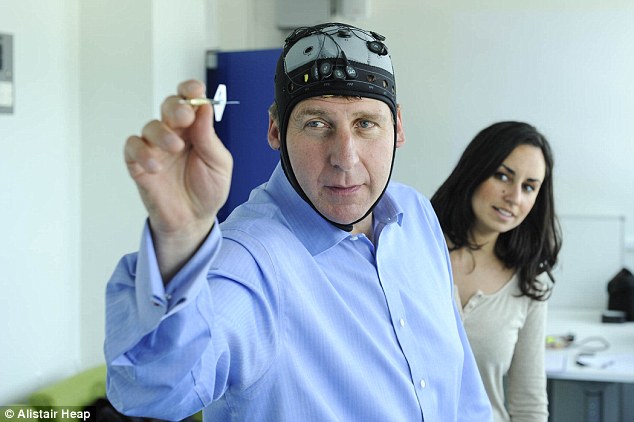
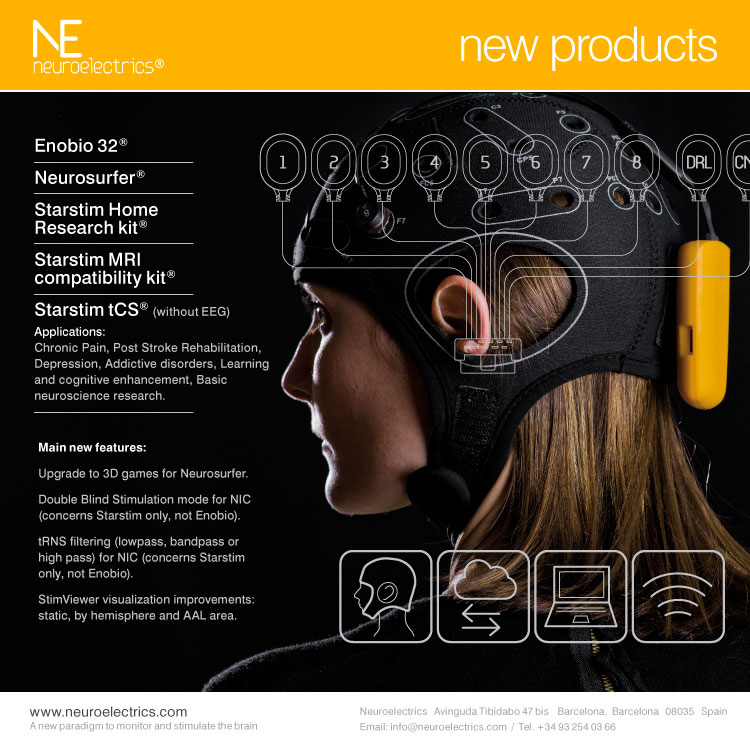
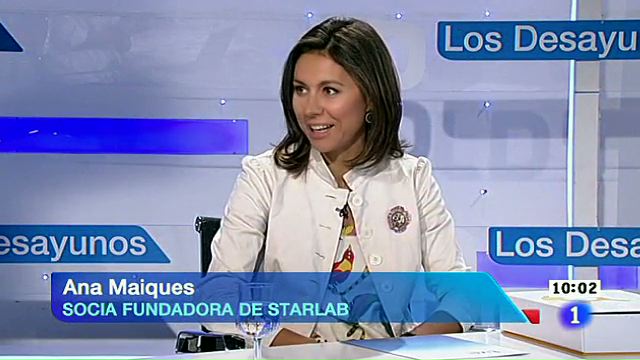
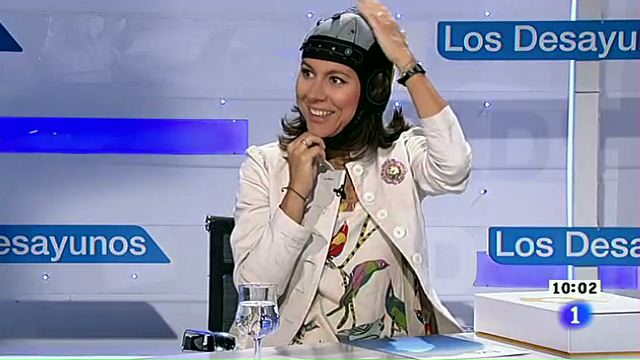
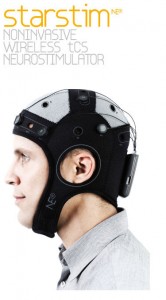
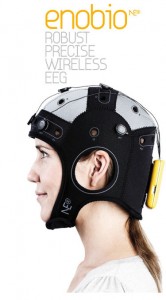
 This comes to us via the Neuroelectrics.com
This comes to us via the Neuroelectrics.com